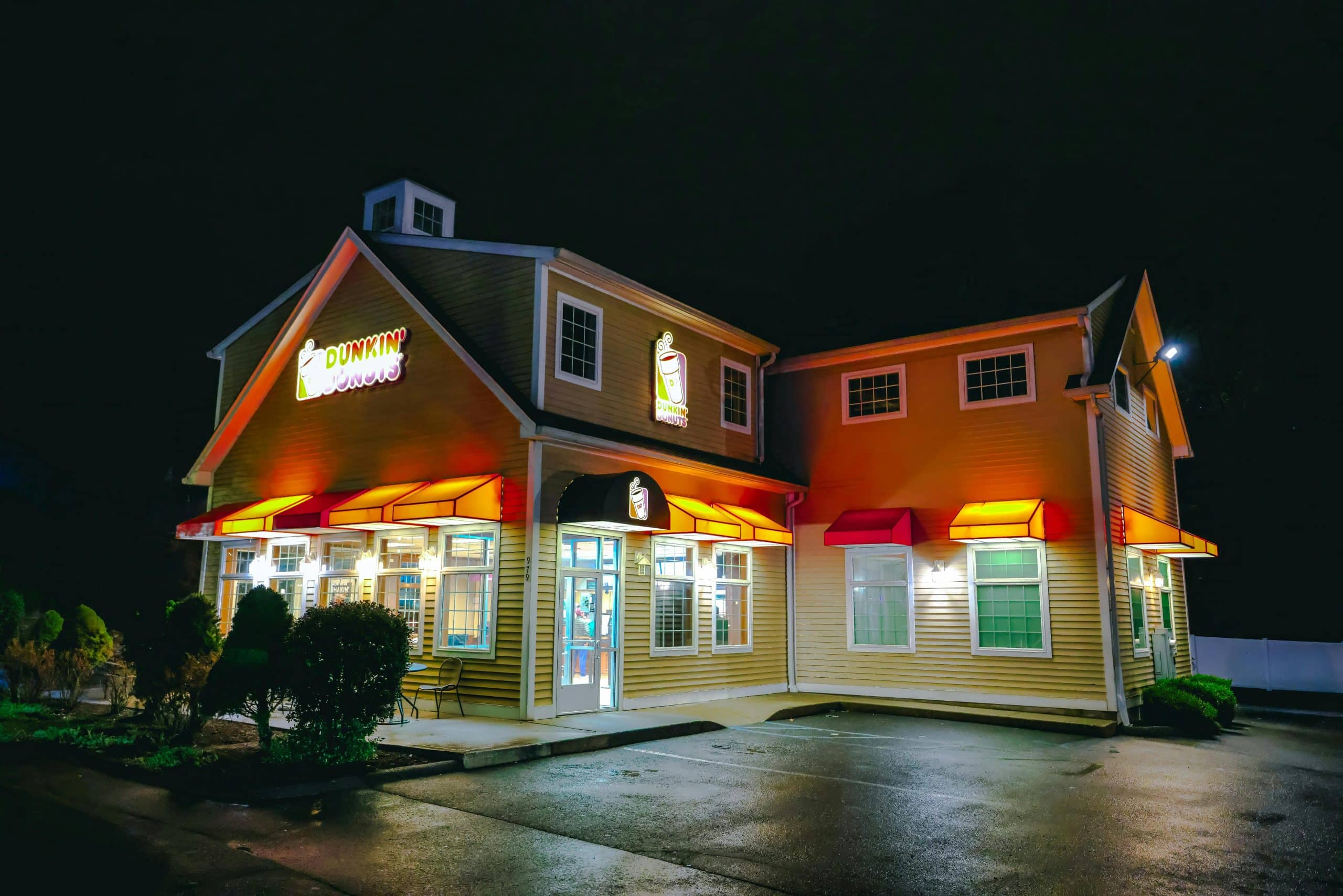J. Edgar Hoover may have once said that “there is no mafia,” but the truth of the American gangster persisted throughout his professional life. The long and illustrious – or perhaps infamous – history of the FBI (Federal Bureau of Investigation) and the American Gangster cannot be contained in mere words. The FBI and its agents focused on organized crime across America as the nation surged to new heights in the aftermath of World War I.
Gangsters expanded their networks, comprising family members and close alliances, in major cities along the East Coast and Midwest. By the 1920s, the saga of the Italian Mafia had burned a legend and mythology into the American consciousness. The complex relations between the United States and Italy rested on shaky ground as rumors of war rumbled again in western Europe. Let’s delve into this fascinating and terrifying time and see shadows of the present in the past.
American Gangster: An Offer You Can’t Refuse
Okay, we need to survey the lay of the land here. To quote the famous line from the hit TV sitcom Golden Girls, “Picture it: Sicily, 1929.” The rise of economic and national infighting led to thousands of Italian immigrants coming to America’s shores. Until the late 1920s, the United States was still predominantly Anglo-Saxon, with pockets of Scandinavian, Irish, and other Western European immigrants tucked away in large cities such as New York and Boston.
However, as civil unrest broke out in Eastern Europe, large groups of Jews and Slavic peoples flocked to Ellis Island, seeking a better life. Italians also came, bringing their strong regional identities, cuisine, and culture. The melting pot of America boiled as traditional neighborhoods stuck together, resenting the waves of newcomers. The gangs of New York and Boston, established since the 1840s, did not take kindly to the new “kids on the block.” American gangsters had to redraw the lines, dividing cities and neighborhoods into small blocks of control.
By the time Prohibition came in 1920, the rival gangsters found themselves able to make more money in a land suddenly gone dry. Cooperation became the new byword, while still retaining strong identities and customs. According to FBI records, more than 12,000 gangster-related murders took place by 1926.
“Business” boomed, but American law enforcement found itself woefully unprepared for the wave of crime. The young Federal Bureau of Investigation was also trying to devise new and efficient methods of combating organized crime. Dealing with internal corruption added layers of difficulty, leaving citizens and government officials wondering who was “the good guy.”
American Gangster: The Stuff of Legend
Over time, it is hard to discern fact from fiction, especially in the wake of the glamorous and deadly 1920s. At the young age of 29, J. Edgar Hoover was determined to overhaul the Bureau by implementing strict guidelines, routine inspections, and rigorous hiring criteria. A lawyer by trade, Hoover sought to weed out “political hacks” and “incompetents” within the organization.
The American gangster reformed his internal system, making connections through personal means of communication, such as telephones, and the ability to travel by train and automobile (think the dynamic crime couple Bonnie and Clyde). Al Capone, the infamous Italian crime boss, left New York City to set up base in Chicago in the illegal alcohol and drug trade. Thus, the romance of travel, danger, and fashionable clothes gilded the reality.
In 1932, the FBI instituted its first laboratory. Special Agent Charles Appel called the lab “an evolving concept,” dedicated to forensic and scientific deduction in solving crime. The American gangster might elude officers and agents, but fingerprints and test tubes do not lie. The world was changing rapidly throughout the 1930s, and gangsters found themselves becoming wealthy as many fellow citizens faced hunger and unemployment.
The hardships of daily life may have helped romanticize the life of an American gangster, but the times also glamorized the role of a dashing, resourceful “G-Man” as he fought to make America a safer place. Today, increasing technology (AI, for example) brings the world closer together while also driving us apart; new waves of immigrants shake traditional foundations and populations. War rumbles in Eastern Europe.
Such a time might lead some to say, along with Frank White (played by Christopher Walken) in the 1990 film King of New York, “From now on, nothing goes down unless I’m involved. No blackjack, no dope deals, no nothing. A nickel bag gets sold in the park, I want in. You guys got fat while everybody starved on the street. Now it’s my turn.”








